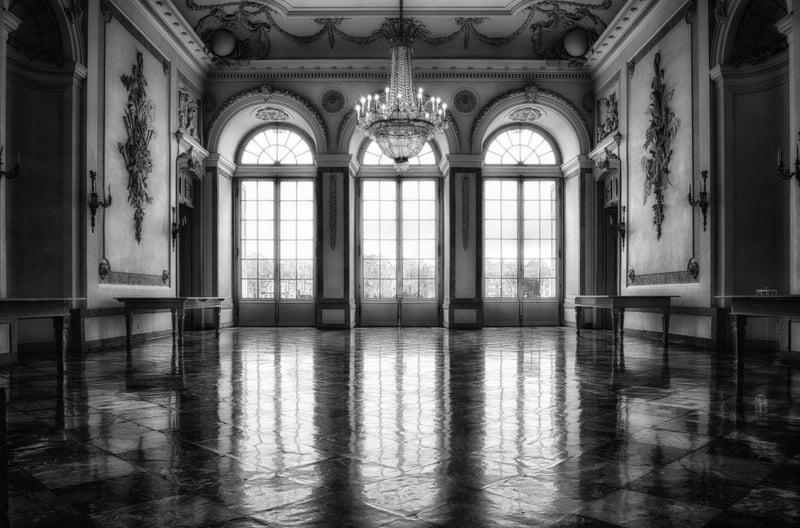Salsa
The Power of Expressive Movement in Salsa Dancing

Salsa dancing is not just about moving your feet to the rhythm of the music; it's a form of expressive movement that allows individuals to convey emotions, tell stories, and connect with their dance partners on a deeper level. The fusion of African and European dance styles in Salsa gives it a unique flair that encourages dancers to express themselves freely and passionately.
The Art of Expressive Movement
Expressive movement in Salsa involves more than just executing choreographed steps; it's about embodying the music and letting it guide your body in a natural flow of motion. Dancers use body isolations, hip movements, arm styling, and facial expressions to communicate the emotions and energy of the music they are dancing to.
Connecting with Your Partner
One of the most beautiful aspects of Salsa dancing is the connection between partners. Through expressive movement, dancers can establish a strong connection with their partner, leading to seamless communication on the dance floor. By mirroring each other's movements and responding to subtle cues, partners can create a harmonious and captivating dance experience.
Embracing Emotions through Dance
Expressive movement in Salsa allows dancers to tap into a wide range of emotions, from joy and passion to longing and sensuality. By channeling these emotions through their movements, dancers can create a powerful and evocative performance that resonates with both the audience and their partner.
Conclusion
Salsa dancing is not just a physical activity but a form of artistic expression that enables individuals to connect with their emotions, partner, and audience. Through the power of expressive movement, dancers can elevate their dance experience and create memorable moments that linger long after the music stops.
So next time you hit the dance floor, remember to let go, feel the music, and express yourself through the captivating art of Salsa dancing!
